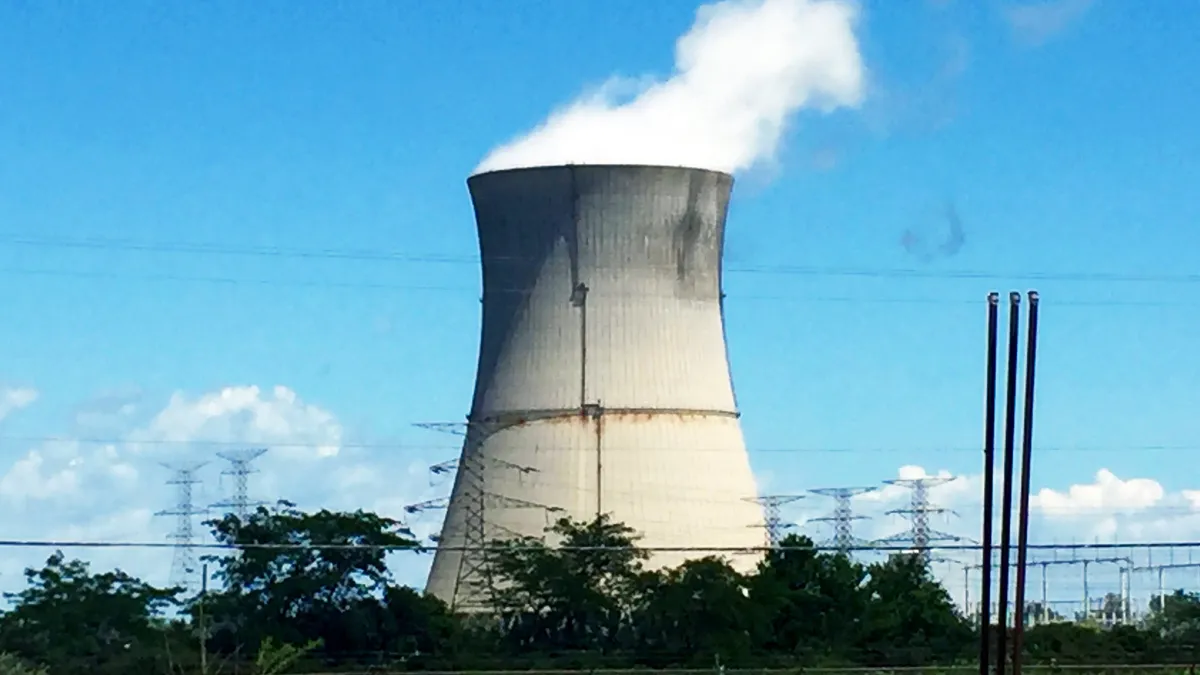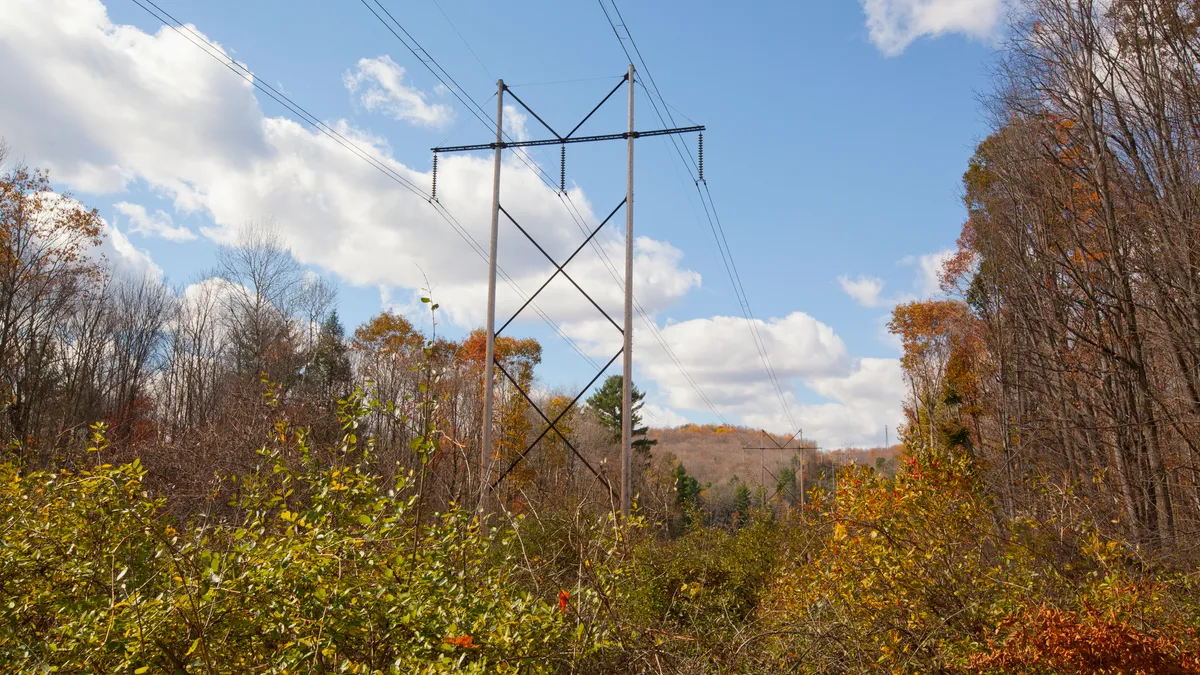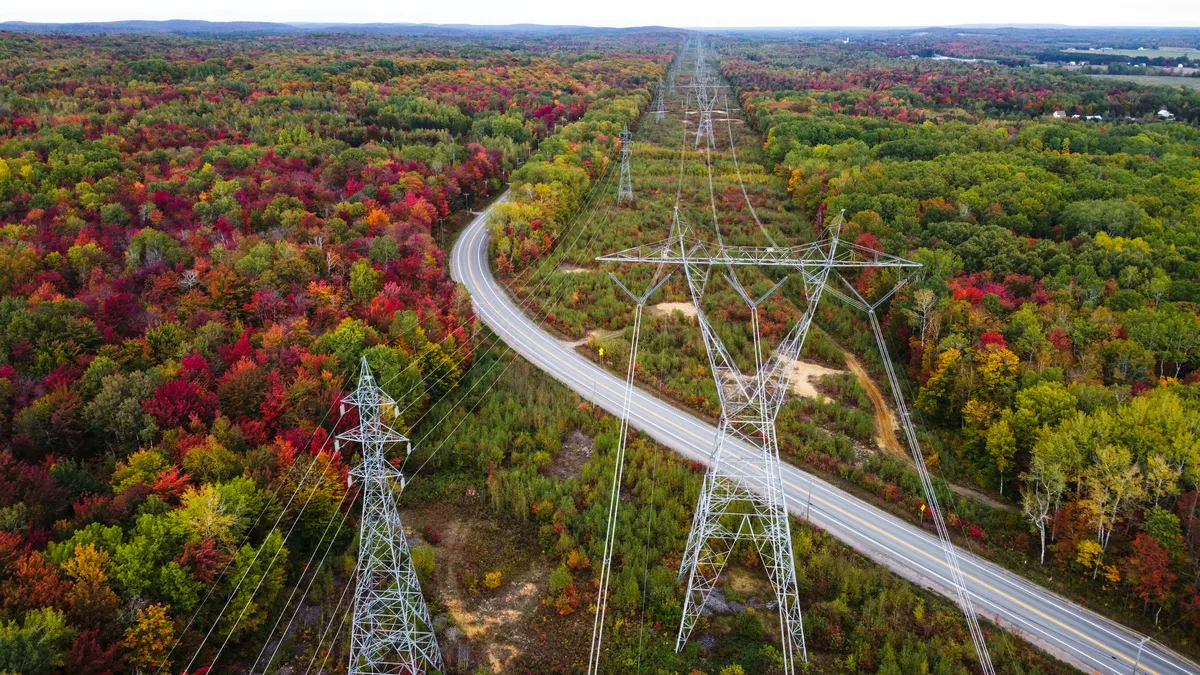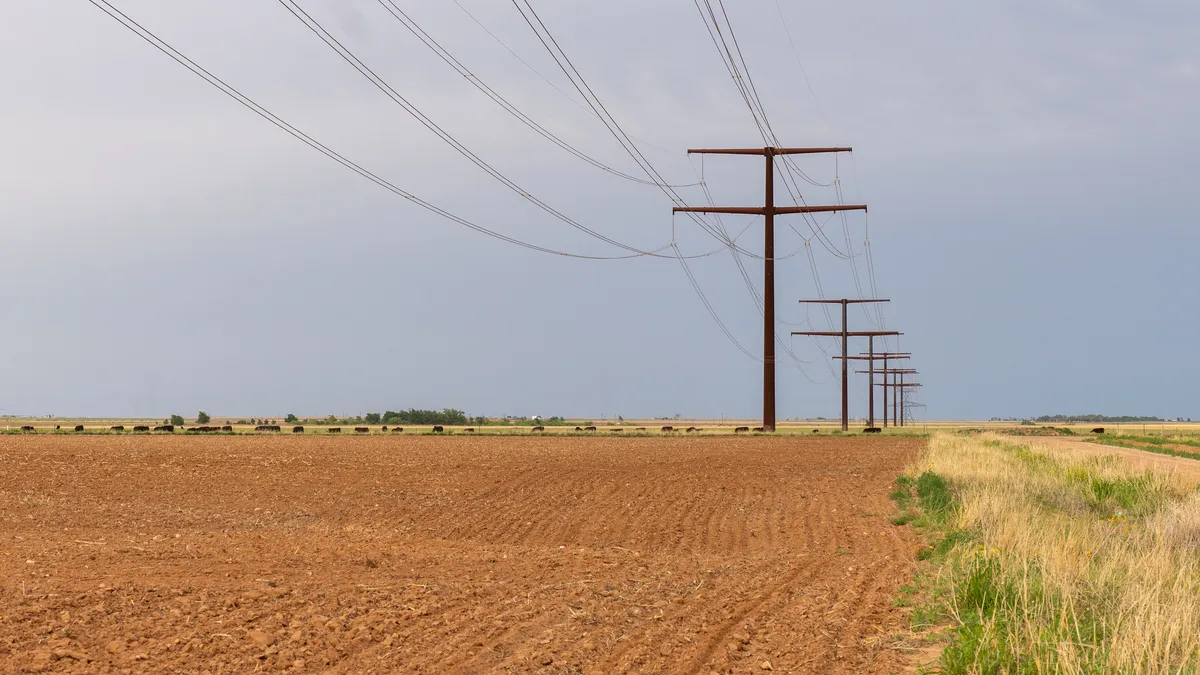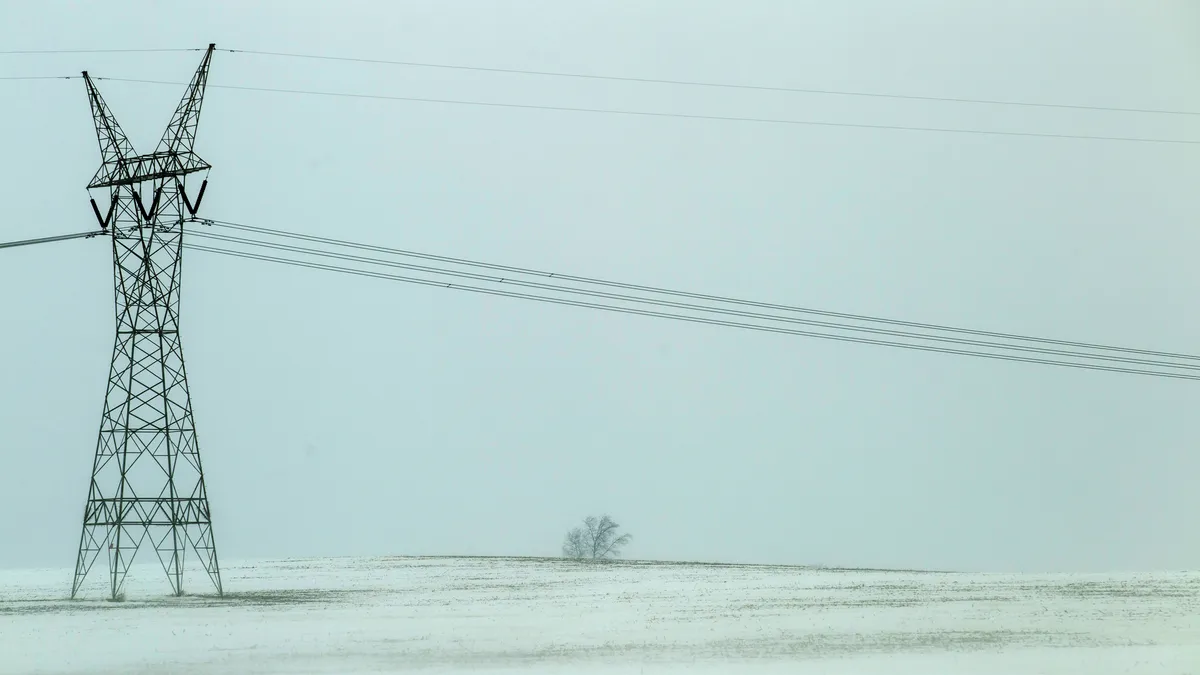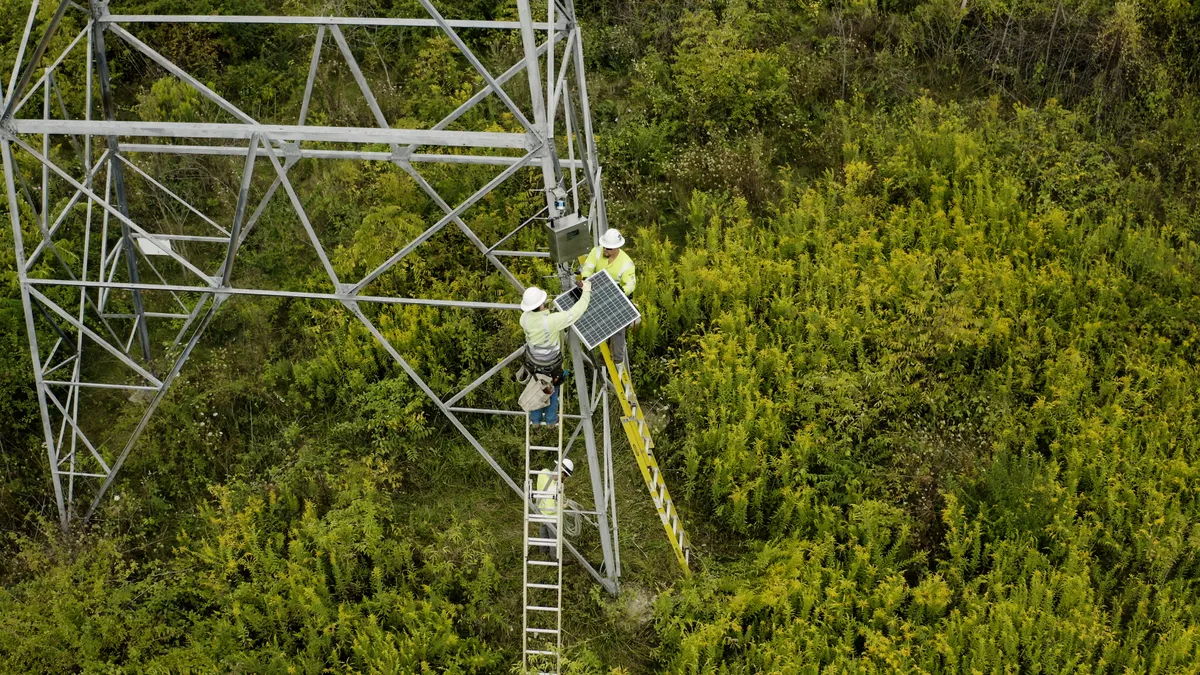If there is a silver lining to California’s massive Aliso Canyon methane leak, it could be for energy storage projects.
The leak has led to plans for the fast track authorization of two energy storage projects totaling 37.5 MW (150 MWh) that are being built by AES Corp. for San Diego Gas & Electric (SDG&E).
The projects would be put up in about six months, about a third of the time it would take to build a gas-fired power plant.
“In our world, this is nothing short of incredible,” Alex Morris, director of policy and regulatory affairs at the California Energy Storage Alliance, said.
The project is a demonstration of the “rapid procurement potential” of energy storage, said Matt Roberts, executive director of the Energy Storage Association. It also shows that given the right mix of policies and circumstances, batteries can serve major bulk power system needs typically reserved for traditional power plants.
The Aliso Canyon leak
The leak in natural gas storage facilities owned by Southern California Gas in the Los Angeles basin was discovered last October. Thousands were evacuated from nearby communities due to what has since been recognized as the single worst methane leak in U.S. history.
The repurposed oil field on the northern edge of the San Fernando Valley has 115 wells that store up to 86 billion cubic feet (bcf) of gas for distribution to homes, businesses, and power plants.
After nearly four months, SoCal Gas was able to plug the leak, but the damage was already done. Aliso Canyon was down to 15 bcf of gas and there is a moratorium on further injections. The lack of that stored gas has created reliability concerns for both gas and electric customers.
Realizing that the short supply of stored gas could put the region at risk of blackouts, utilities and regulators mobilized to reduce energy usage. In May the California’s Public Utilities Commission (PUC) issued a directive freeing up utility funds that could be used to increase energy efficiency programs.
In addition to asking electric customers to reduce consumption and expanding demand response programs, the state’s action plan for Aliso Canyon calls for revised tariffs to help enable gas shippers to more tightly match amounts of gas sent with amounts needed, so that gas does not need to be stored.
The action plan also calls for using up the remaining 15 bcf of gas, but state authorities are still concerned that mismatches of supply and demand could result in interruptions of electric supply.
Gas from the Aliso Canyon stage fields supply roughly 10,000 MW of plants in the region. According to the California Energy Commission (CEC), on a peak demand day in the winter electricity generation accounts for about 1 bcf of gas or 20% of peak demand gas. In summer peak electric generation could use 1.9 bcf on a peak day or 60% of peak demand.
The CEC says that using up the remaining gas at Aliso Canyon could reduce but not eliminate the possibility of electric interruptions and noted that if the remaining stored gas is used up in the summer, the state could face a greater risk of electric interruptions.
In addition to asking gas shippers to more tightly match supply and demand, the Los Angeles Water and Power Authority (LADWP), which provide much of the power used in the region, has been authorized to change how it operates.
LADWP will curtail gas hedging, curtail energy and capacity block sales, and stop economic dispatch. All those measures will increase costs for the utility and its customers, but it will also free up LADWP to operate more flexibly, so that it does not use scarce gas supplies unless needed.
Already once this year, LADWP was been cleared by California air regulators to burn diesel fuel in generators that typically burn gas, California Public Utilities Commission Commissioner Catherine Sandoval told a regulatory conference last month. It would be a "miracle," she said, if the Los Angeles basin got through the whole year without a power interruption due to Aliso Canyon.
While bringing new front-of-meter storage online for this summer's demand is not feasible, Sandoval said it will likely have a big role to play in the future, as the future of the gas storage facility remains uncertain.
Emergency energy storage
To further shore up the state’s electric grid against the possibility of service interruptions, the state agencies also implemented an expedited plan for energy storage resources.
In May, the PUC began the process for an expedited procurement solicitation for energy storage. The PUC directed Southern California Edison to solicit for a front-of-the-meter storage solution that could be in service Dec. 31, 2016. The leak affected generation in SoCal Ed’s territory, and LADWP, a municipal utility, is under PUC jurisdiction.
It turned out, though, that SDG&E was already far along on a request for offers to fill its 2016 Preferred Resource Local Capacity Requirement (LCR). The utility was looking for both turnkey, utility-owned energy storage projects and third-party-owned projects that could be online between 2018 and 2021.
Bids were due July 1, but respondents bidding on the utility-owned projects had to submit offers before May 16, which turned out to be 10 days before the PUC issued its Aliso Canyon solicitation.
Although SDG&E was not originally mentioned in the PUC resolution regarding the Aliso energy storage solicitation, the resolution was modified based on comments suggesting that SDG&E leverage its ongoing LCR request for offers to find projects that could come online in the same time frame.
“By the date the resolution was issued, SDG&E had essentially completed its pre-evaluation and identified qualified contractors,” Josh Gerber, SDG&E’s manager of advanced technology integration, said. “As a result, SDG&E was able to immediately approach qualified bidders to assess their willingness and ability to execute expedited projects in the 2016 timeframe.”
The Aliso storage solicitation called for a front-of-the-meter facility that could be in service by Dec. 31, 2016 in a location that could help to alleviate electric reliability concerns associated with Aliso Canyon, would be priced competitively with previous solicitations, and have a contract term of 10 years or less.
In the end, SDG&E selected two utility owned energy storage projects proposed by AES Energy Storage. Both would use Samsung lithium-ion batteries. One is a 30 MW, 120 MWh project in Escondido. The other is a 7.5 MW, 30 MWh project in El Cajon.
Both will be built on a turnkey basis with AES, and SDG&E will have a long term service contract with AES covering the first 10 years of operation with operation beginning before Jan. 31, 2017. The projects will bid into the California ISO market.
The PUC is expected to vote on the resolution in mid-September.
Replacing conventional resources
When in service, the batteries would be charged during off-peak periods, but both the charge and discharge cycles will be scheduled into the California ISO's system. Gerber says SDG&E expects to use the energy storage facilities on a near-daily basis to provide 37.5 MW of energy for four hours during peak periods.
“Because the projects will count towards SDG&E’s annual local resource adequacy requirements, the 37.5 MW of energy storage capacity will displace 37.5 MW of conventional generation in SDG&E’s overall energy portfolio,” Gerber said.
Additionally by charging during off-peak hours, the storage facilities will be able to absorb excess wind and solar production, increasing the utilization of renewable resources. And by discharging during peak periods, the storage will contribute to alleviating system stress during peak ramping periods.
Gerber also noted that the energy storage projects would count toward both SDG&E’s current storage mandate and its preferred resource procurement obligation and would reduce the amount of new capacity SDG&E needs to procure going forward.
The projects would also count toward fulfillment of SDG&E’s storage target established under the state’s energy storage mandate. Under the mandate, SDG&E has to procure 165 MW of energy storage. The utility currently has 79 MW online or under contract of which SDG&E owns 6 MW. Utilities can own up to 50% of their aggregate procurement target capacity.
If the Aliso energy storage projects are approved, SDG&E would own 43.5 MW or 52% of that authorized amount.
The actual economics of the projects are harder to understand. The solicitation called for competitively priced projects, but the cost and pricing information in the filed documents has been redacted.
Calls for comment to AES Energy Storage were not returned by press time.
It will no doubt help the economics of the project that it will have more than one stream of potential income, acting as generation during peak periods and providing load during off-peak, as well as providing ancillary services such as frequency regulation.
In that sense, the Aliso energy storage projects could serve to demonstrate another aspect of storage. “You don’t have to replace a power plant when storage can replace many of the services that a power plant provides,” Roberts said.
That raises the question of whether or not the Aliso energy storage project is replicable. In most states, the project would have been handled entirely differently, Roberts said. In addition to having a high renewable energy target, California has already revised its regulatory structure to accommodate the energy storage mandate.
Morris says some of the basic elements of the project might be replicable elsewhere. The need to capture multiple value streams for large-scale storage deployment is well recognized, for example. But the particulars of the timing in Califonria would be hard to reproduce.
Nonetheless, if it is successful the Aliso Canyon energy storage projects could provide a showcase for energy storage and, as Roberts said, demonstrate “there is a solution in the utility book bag that they never had before.”




